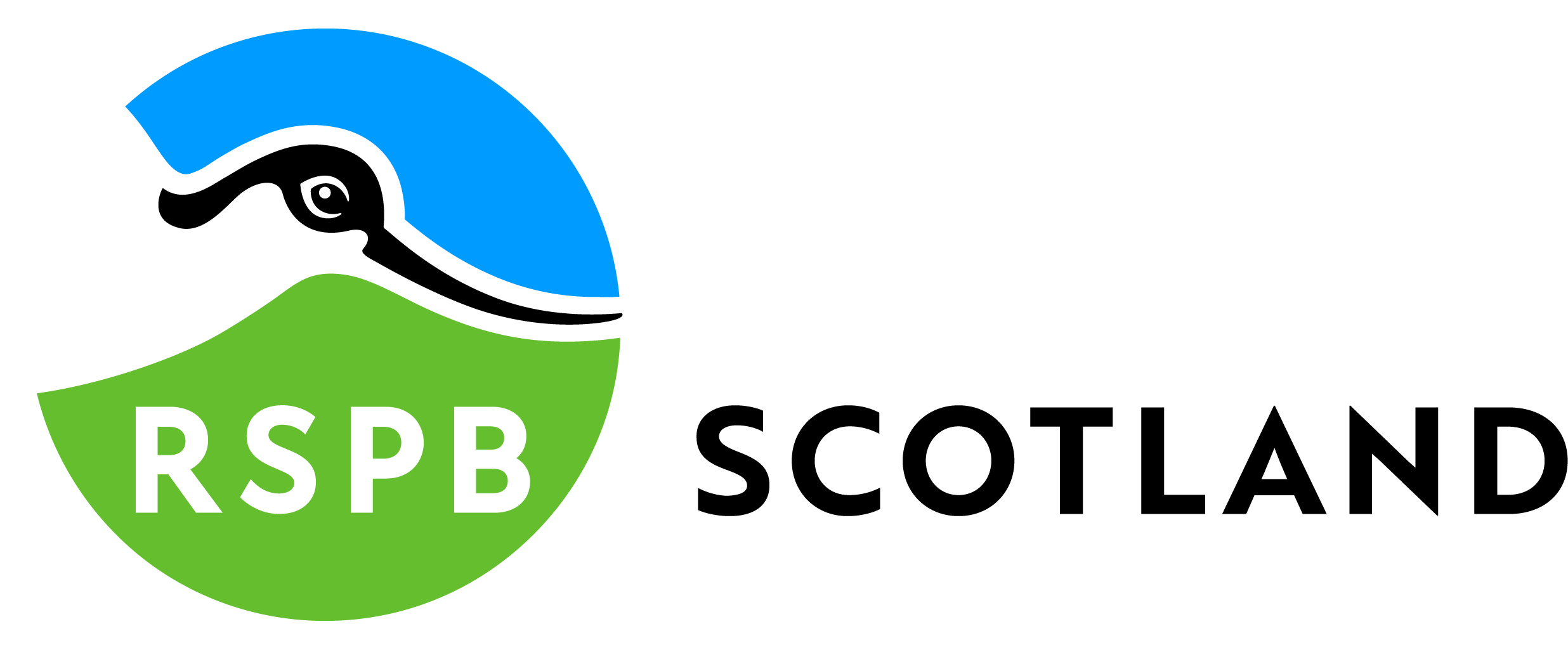The kestrel is one of the smallest birds of prey in the UK. It is identified by its pointed wings, long tail and hovering hunting style. Distributed throughout most of Britain and Ireland, they use a wide variety of habitats, from moor and heath, to farmland and urban areas.
Kestrels feed almost exclusively on small mammals, particularly voles, but they will also take many other prey types including songbirds, lizards, earthworms, large insects and even bats. Their numbers have declined significantly over the last 20 years (69%) in Scotland, resulting in them being Amber listed within an estimated population of 36,800 breeding pairs across the UK, which is approximately 10% of the European population.
Action Needed
- Support increased monitoring of the species through the Scottish Raptor Monitoring Scheme, particularly during the breeding season, so that breeding numbers, breeding success and survival can be estimated on an annual basis.
- Support land managers via Scottish Rural Development Programme options whose farming practices provide habitats for kestrels and other birds of prey (particularly in the uncertainty following Brexit).
- Ensure the Scottish Biodiversity Strategy is fully implemented.
Threats
Degradation and loss of suitable vole rich habitats, eg set-aside
Secondary poisoning from rodenticides
Climate change
MSP Nature Champion




